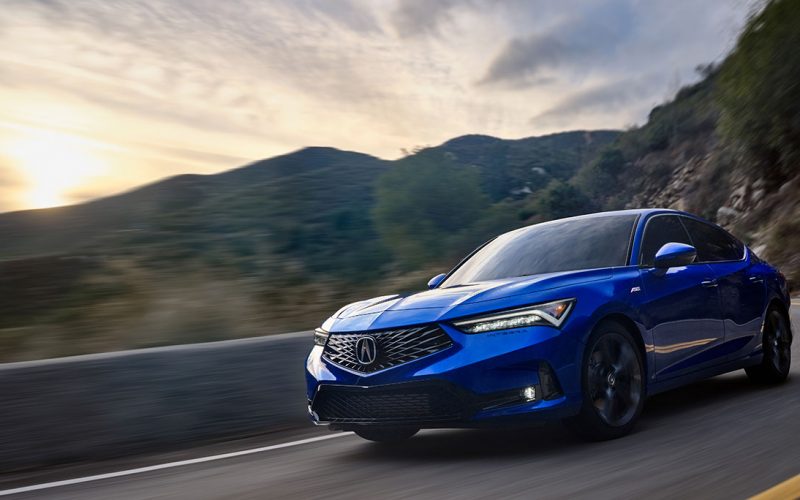
Reading Time: 8 minutesAcura is smartly bringing back one of its most revered nameplates for 2023, and simultaneously ditching
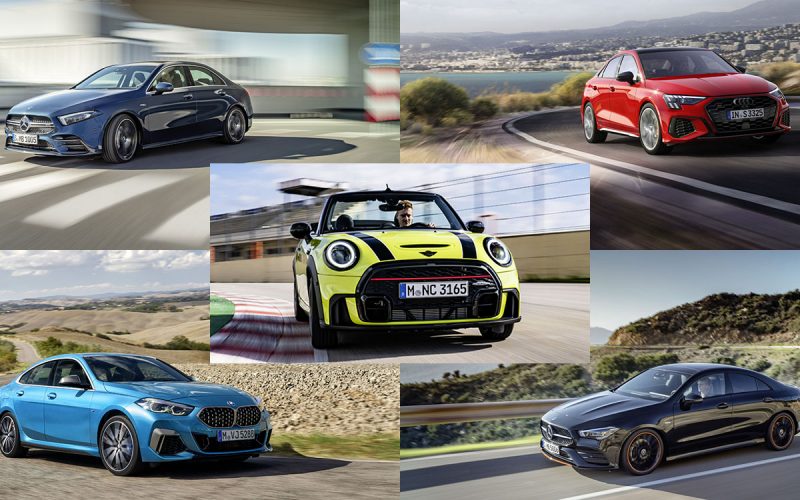
Reading Time: 22 minutesSmall luxury sedans and hatchbacks aren’t selling as well as they once did, but some brands
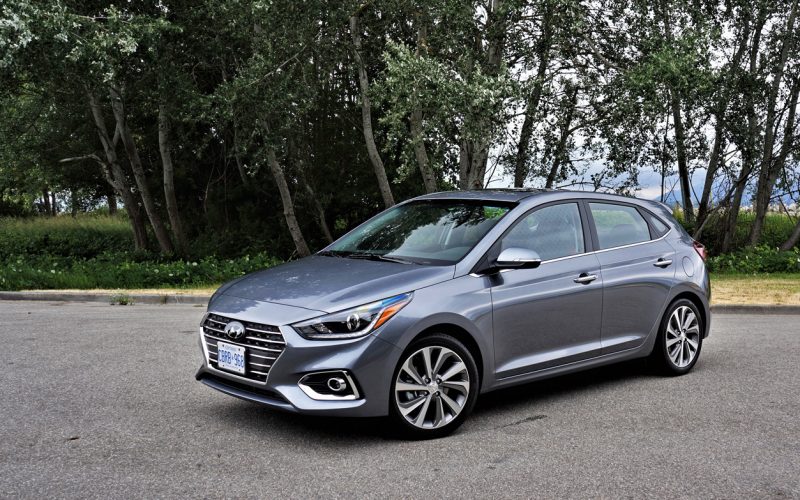
Reading Time: 12 minutesHyundai’s popular Accent hasn’t changed all that much since generation-five was introduced for the 2018 model
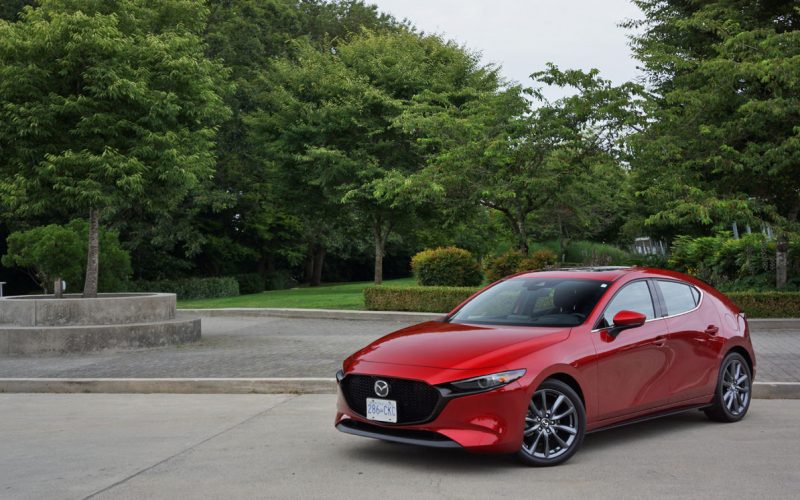
Reading Time: 13 minutesAfter first driving the all-new 2019 Mazda3, I would’ve immediately said it was by far the
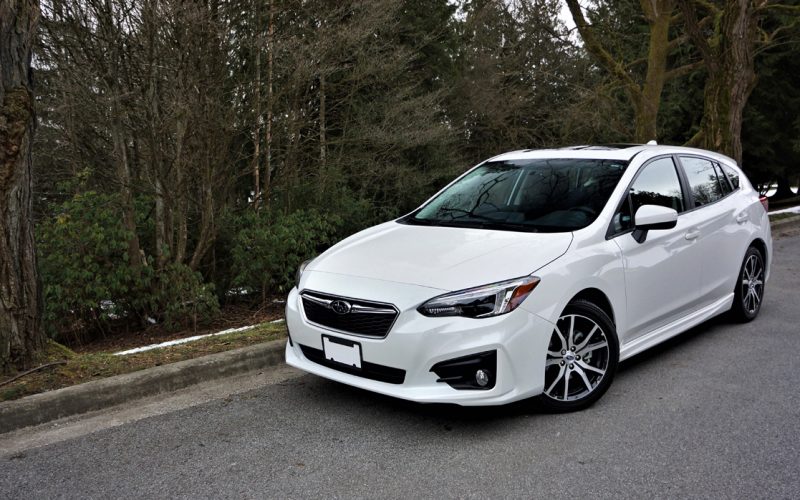
Reading Time: 11 minutesThe compact class is incredibly competitive in Canada, but thanks to continually improving its exterior design,
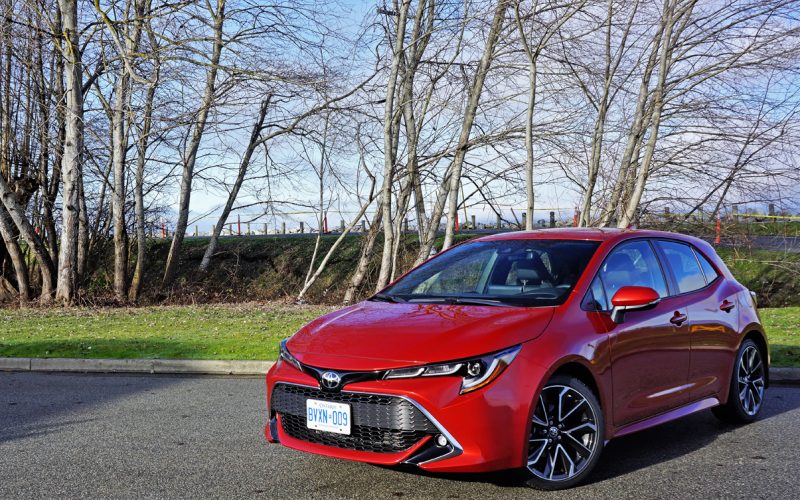
Reading Time: 12 minutesToyota may have said sayonara to its Scion line a few years ago, but the youth-oriented
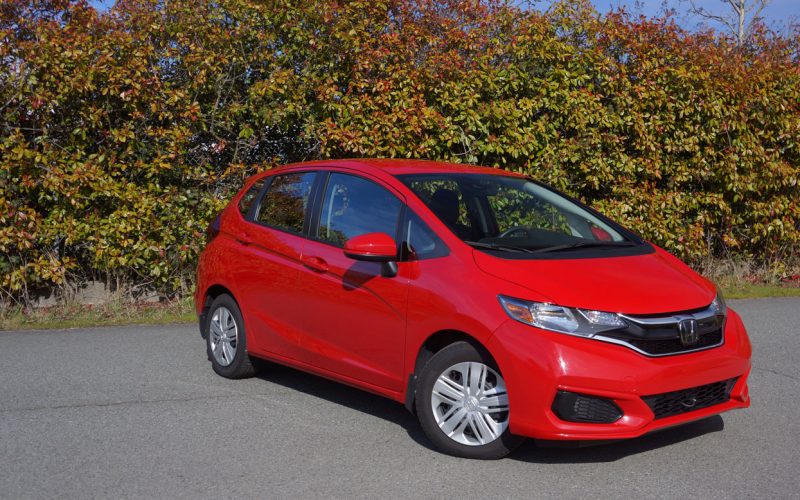
Reading Time: 8 minutesThe Fit is the least expensive way to put a Honda car in your garage, but
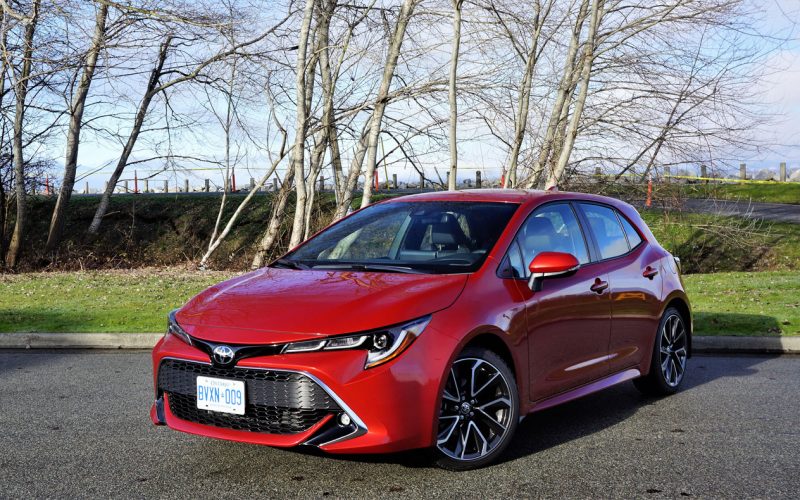
Reading Time: 6 minutesToyota will give its ever-popular Corolla compact sedan a fresh new face for 2020, but thanks
© 2025 The Car Magazine. All Rights Reserved, Privacy Policy | Terms of Use